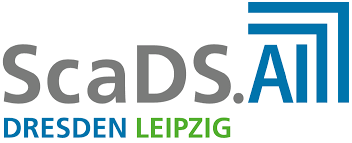<b>How to identify the roots of broad research topics and fields? The introduction of RPYS sampling using the example of climate change research</b>
Since the introduction of the reference publication year spectroscopy (RPYS) method and the corresponding programme CRExplorer,
many studies have been published revealing the historical roots of topics, fields and researchers. The application of the method was restricted up to now by the available memory of the computer used for running the CRExplorer. Thus, many users could not perform RPYS for broader research fields or topics. In this study, we present various sampling methods to solve this problem: random, systematic and cluster sampling. We introduce the script language of the CRExplorer that can be used to draw many samples from the population data set. Based on a large data set of publications from climate change research, we compare RPYS results using population data with RPYS results using different sampling techniques. From our comparison with the full RPYS (population spectrogram), we conclude that the cluster sampling performs worst and the systematic sampling performs best. The random sampling also performs very well but not as well as the systematic sampling. The study therefore demonstrates the fruitfulness of the sampling approach for applying RPYS.



